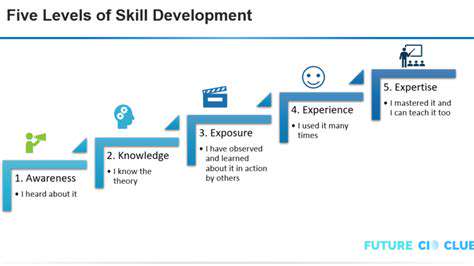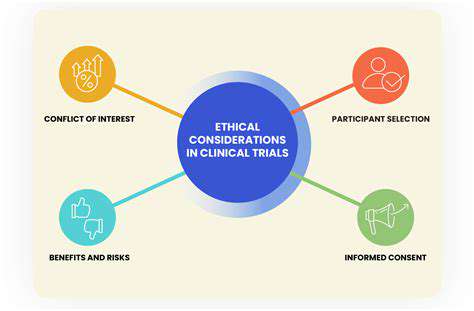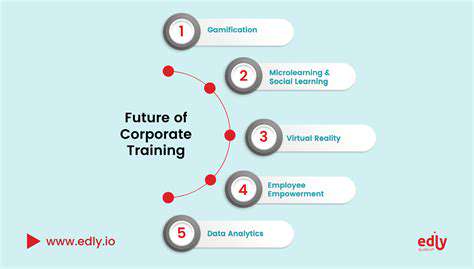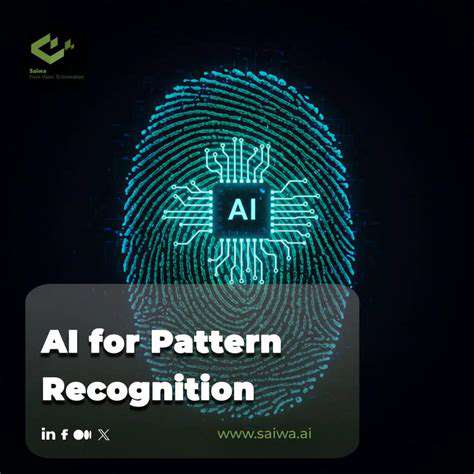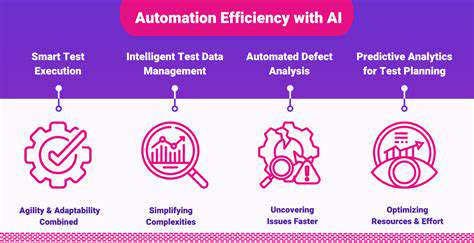The Rise of Play-to-Earn Gaming Models

The Mechanics of Play-to-Earn
Play-to-earn (P2E) gaming models leverage blockchain technology to create in-game economies where players can earn cryptocurrency or other digital assets by participating in gameplay. This differs fundamentally from traditional free-to-play games, where in-game items are often treated as virtual currency with no real-world value. In P2E models, the value of in-game items is often tied to their scarcity and utility within the game ecosystem, potentially leading to significant financial rewards for skilled and dedicated players. This innovative approach has attracted significant attention from both gamers and investors, recognizing the potential for creating new revenue streams and fostering more engaging and interactive gaming experiences.
The key mechanism enabling P2E is the tokenization of in-game assets. This involves representing items like characters, weapons, or land plots as non-fungible tokens (NFTs). NFTs ensure unique ownership and verifiable authenticity, allowing players to trade and sell these assets on decentralized exchanges. This creates a dynamic market within the game, where players can buy, sell, and trade items based on supply and demand. The ability to monetize these in-game assets is a significant driver of engagement and incentivizes players to actively participate in the game and contribute to its ecosystem.
The Potential and Challenges of P2E
The rise of P2E gaming presents a compelling opportunity for both developers and players. Developers can create innovative and engaging economies with the potential to generate significant revenue streams. Players can potentially earn significant rewards while playing, especially if they possess strategic skills and a deep understanding of the game mechanics. This new model can introduce a broader audience to blockchain technology and decentralized applications (dApps). Furthermore, the integration of blockchain technology can enhance the security and transparency of in-game transactions.
However, challenges remain. The volatile nature of cryptocurrency markets can impact the value of in-game assets, potentially creating uncertainty for players and developers. The complexity of blockchain technology and the associated technical hurdles can present a barrier to entry for some players and developers. Furthermore, issues of scalability, transaction fees, and energy consumption associated with blockchain networks need to be addressed to ensure a sustainable and accessible P2E ecosystem for all participants. Addressing these challenges is crucial for the long-term success and widespread adoption of play-to-earn gaming models.
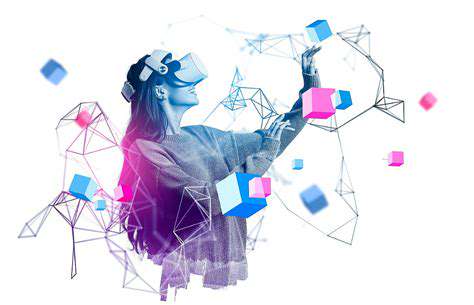
Challenges and Considerations in Blockchain Gaming
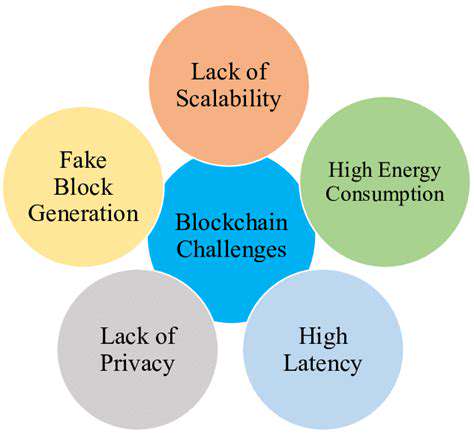
Initial Planning and Assessment
A crucial first step in any business venture is thorough planning and assessment. This involves a deep dive into the market, identifying potential competitors, analyzing target customer demographics, and evaluating the feasibility of the proposed business model. Understanding the competitive landscape is essential for developing a strategic advantage. A well-defined business plan, outlining projected financials, marketing strategies, and operational procedures, will serve as a roadmap for success, guiding decision-making throughout the venture's lifecycle.
Thorough market research is paramount to identifying potential opportunities and threats. This research should encompass not only the current market but also potential future trends and developments. A comprehensive understanding of the target audience, their needs, and their purchasing behaviors is essential for crafting effective marketing strategies and product offerings. It's critical to identify and address any potential risks or obstacles in advance.
Financial Projections and Resource Allocation
Accurate financial projections are critical for securing funding and for ensuring the long-term viability of the business. These projections should cover a reasonable timeframe, typically 3-5 years, and should include detailed income statements, balance sheets, and cash flow forecasts. Careful consideration must be given to start-up costs, ongoing operational expenses, and potential revenue streams. Realistic projections, based on sound market analysis, are essential for attracting investors and demonstrating the business's potential for profitability.
Resource allocation is another key aspect of successful business planning. This involves identifying the necessary resources, including human capital, technology, and physical infrastructure. Careful consideration must be given to the availability and cost of these resources. Efficient resource allocation is crucial for maximizing productivity and minimizing costs. A well-defined budget, aligned with the financial projections, will ensure that resources are utilized effectively and efficiently.
Regulatory Compliance and Legal Considerations
Navigating the complex regulatory environment is vital for any business. This involves understanding and complying with all applicable laws, regulations, and licensing requirements. Failure to comply with these regulations can result in significant penalties and legal issues. Detailed research and consultation with legal professionals are essential to ensure that the business operates within the bounds of the law. Understanding and adhering to legal requirements is crucial for maintaining a positive business reputation and avoiding legal disputes.
Intellectual property protection is another important legal consideration. This includes patents, trademarks, and copyrights, which protect the business's unique products, services, and branding. Proper documentation and registration are necessary to secure these protections and prevent infringement by others. Protecting intellectual property safeguards the business's investment and ensures a competitive edge.
Future Trends and Opportunities
Decentralized Game Economies
The future of blockchain in gaming is heavily reliant on the development of truly decentralized game economies. This means moving beyond the current centralized models where game developers and platforms retain significant control over in-game assets and revenue streams. Decentralized economies, powered by blockchain technology, will enable players to own and trade their in-game items and progress, fostering a more equitable and transparent system for all participants. This shift is crucial for fostering a sustainable and vibrant gaming ecosystem where players are empowered and rewarded for their contributions.
Imagine a world where players can freely trade and exchange in-game items, ensuring that their investments are not tied to a single platform or developer. This freedom will lead to a more robust and dynamic market, with players able to leverage their assets in innovative ways.
Non-Fungible Tokens (NFTs) and Digital Ownership
NFTs are poised to revolutionize how players interact with and value in-game assets. By representing ownership of virtual items, characters, and even gameplay experiences with unique, verifiable tokens, NFTs will create a new paradigm for digital ownership. This will allow for greater player engagement and community building, as players can freely trade and exchange their digital assets, fostering a sense of ownership and investment in their in-game experience.
The potential for NFTs extends beyond simple in-game items. Think about the possibility of players owning and trading unique game experiences, exclusive content, or even fractional ownership in virtual land or environments. This unlocks a whole new dimension of creativity and economic opportunity within the gaming world.
Play-to-Earn Models and Incentives
The play-to-earn model is set to become a major driving force in the blockchain gaming sector. This model rewards players for their time, effort, and skill within the game, providing them with real-world value through cryptocurrency or other tokens. This creates a powerful incentive for players to engage actively and contribute to the game's ongoing development and economy. These rewards can also extend to developers and other participants within the ecosystem, fostering a more sustainable and collaborative environment.
Integration with Metaverse Platforms
The convergence of blockchain technology and metaverse platforms is another exciting frontier in blockchain gaming. By incorporating blockchain-based assets and economies into metaverse environments, developers can create immersive and interactive experiences that allow players to seamlessly own and manage their digital assets. This integration will create a more immersive and engaging gaming experience, unlocking new opportunities for creativity and user-generated content. Imagine virtual worlds where players can interact with each other, trade assets, and collaborate on projects within a shared, persistent digital environment, all facilitated by blockchain technology.
